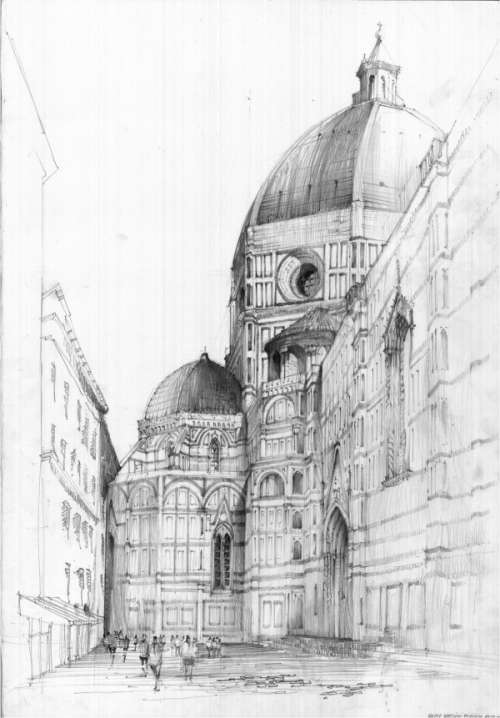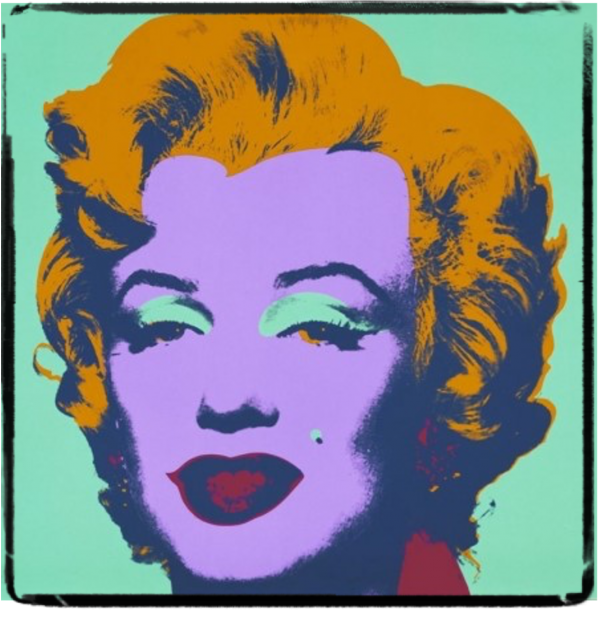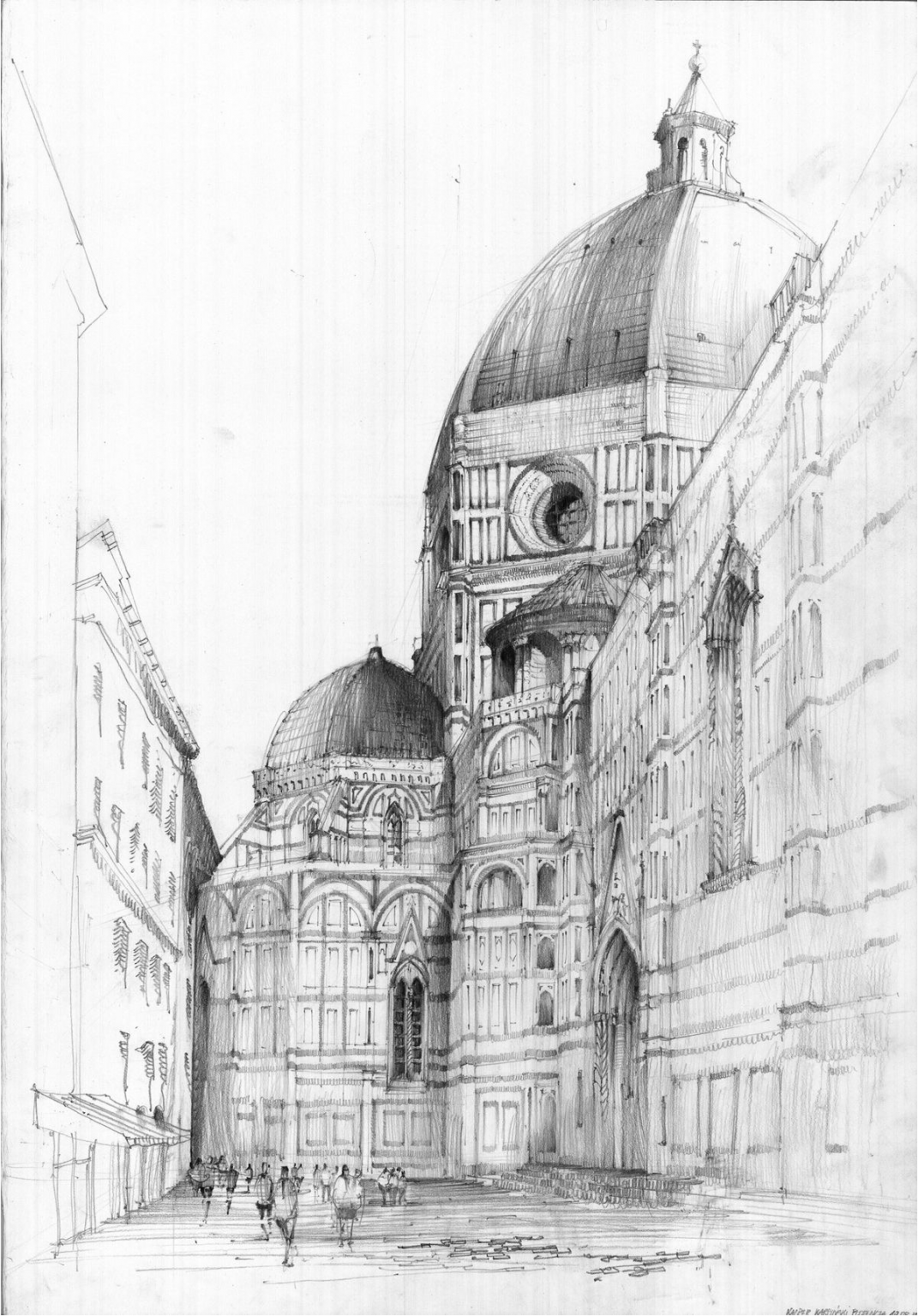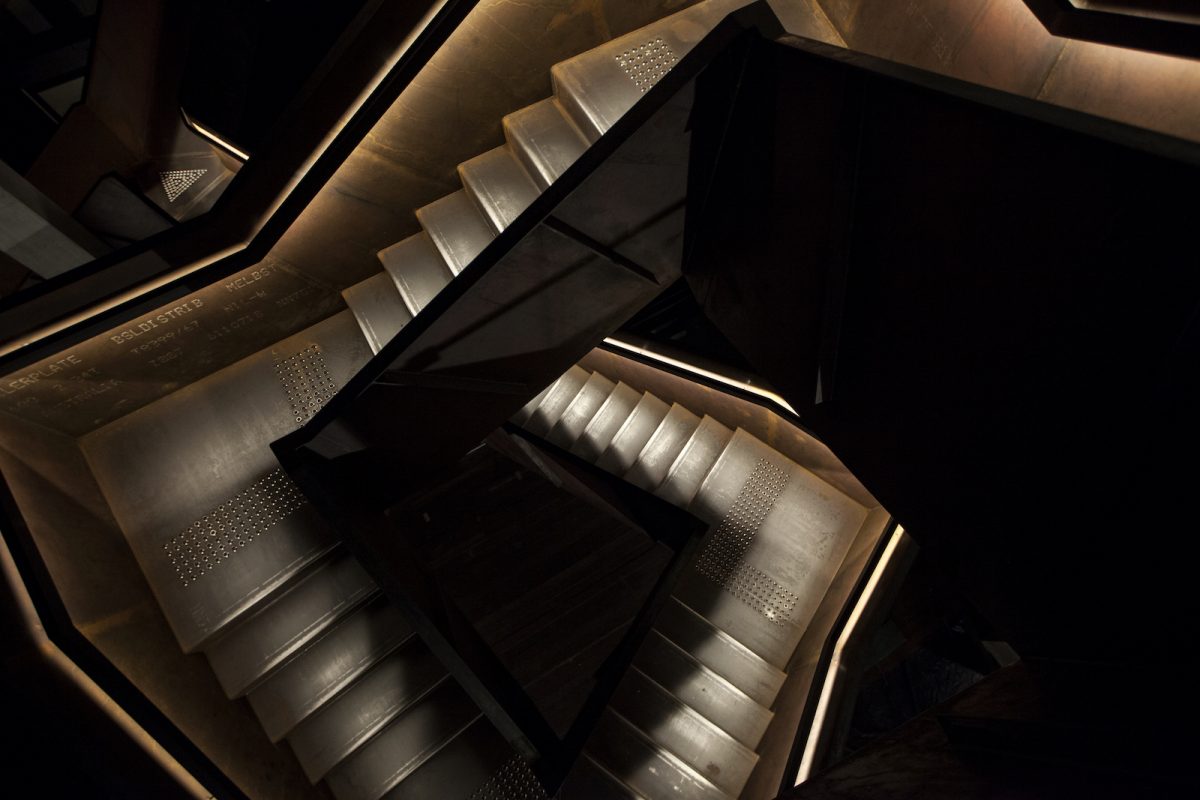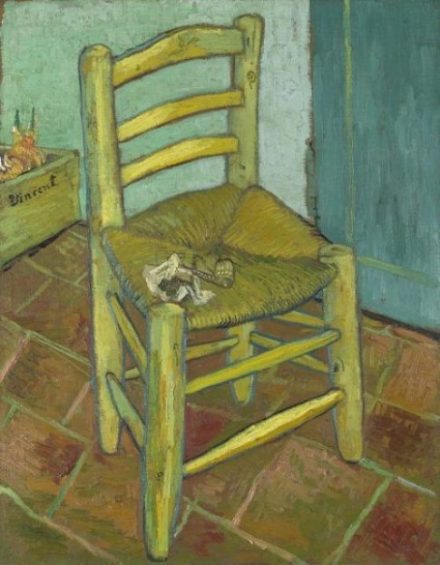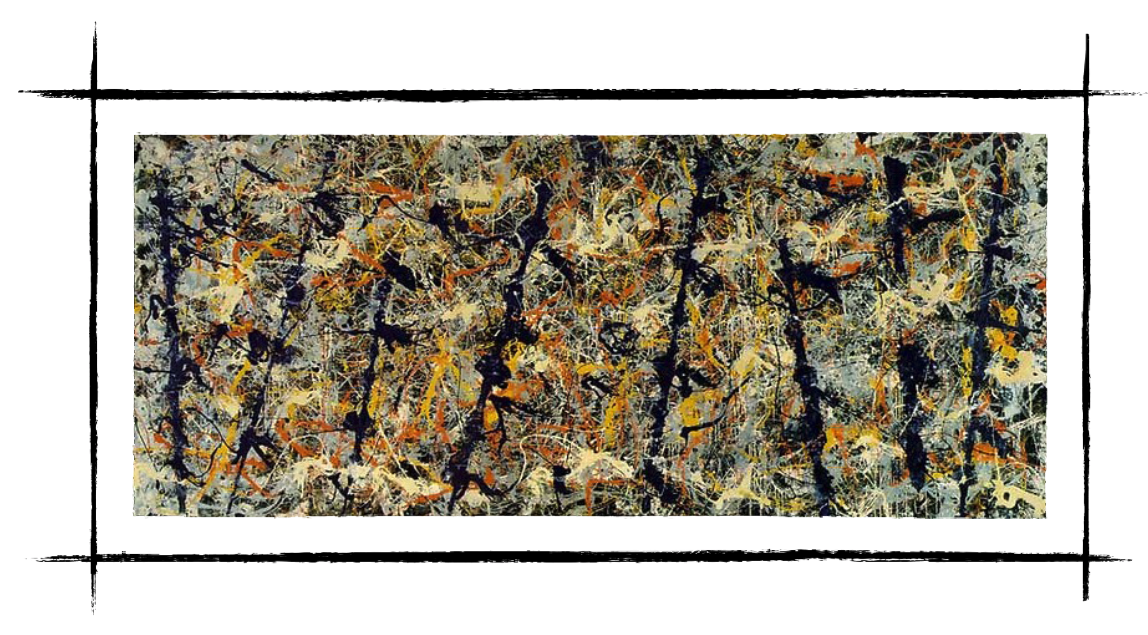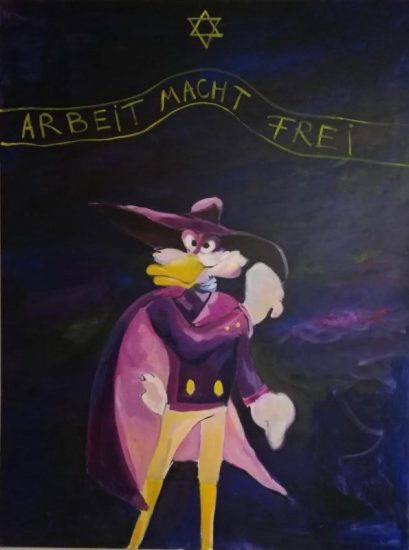By Asia Leonardi for the Carl Kruse Arts Blog Filippo Brunelleschi (1377-1446), architect and engineer, sculptor and painter, is universally considered the pioneer of the Italian Renaissance and the creator of an approach to architecture that would dominate the European art scene, at least until the end of the 19th century. Through a passionate study
Category: Arts
From Pop + Optical Art to the Rejection of the Artistic Object – the 1960’s.
by Asia Leonardi for the Carl Kruse Arts Blog It will be inevitable, in this article, to feel a certain sense of unease and difficulty in orienting oneself in front of works that are very different from each other a few years later. You will find all and the opposite of everything. In the past
Frida Kahlo: Flowers Are Born From Mud
by Asia Leonardi for the Carl Kruse Arts Blog On 6 July 1907 in Mexico City, Magdalena Carmen Frida Kahlo y Calderon was born to German parents who emigrated from Hungary. She claimed to be born in 1910, with the Revolution, with a new Mexico. Frida Kahlo is a revolution. An artistic revolution, a revolution
Are Memes Art?
by Vittorio Compagno for the Carl Kruse Arts Blog The digital era gave birth to unique trends tied to the advent of the Internet. The source of many of these trends is as old as the internet itself, which is to say online forums. From these fountains of discussion, as in the ancient Greek “agorà,”
Museum of Old and New Art
by Fraser Hibbitt for the Carl Kruse Arts Blog Photos from MONA, Carl Kruse and Blooloop In 2006 the Moorilla Museum of Antiquities closed for a huge revamping and after the input of $75 million and five years of construction the Museum of Old and New Art emerged (MONA). Located in Holbart, Tasmania, the museum
Charlotte Salomon, the Painter Killed in Auschwitz between Life and Theater
By Asia Leonardi for the Carl Kruse Arts Blog Charlotte Salomon, a Berlin Jewish artist, was one of the most original and pioneering female painters of the 1900s. Her work “Life? or Theater? ” condenses her artistic career: some eight hundred compositions that trace her artistic life; an innovative style that we could compare to
Van Gogh’s Chair: Omens of Tragedy
By Hazel Anna Rogers for the Carl Kruse Arts Blog I first saw Vincent Van Gogh’s painting ‘Van Gogh’s Chair’ (1888) in secondary school, in the middle of an art class. My art teacher had no particular regard for art history. She found it uninteresting, and it was never a fundamental part of the classes
Infinite Worlds Upside Down – The Interior Landscapes of Maurits Cornelis Escher
by Asia Leonardi for the Carl Kruse Arts Blog The graphic art of Maurits Cornelis Escher is different from that of any other artist, instantly recognizable to millions of people around the world, representing an always compelling combination of art and mathematics. Escher’s world, which explores issues of infinity and paradox, of impossible geometry and
Jackson Pollock’s Hymn To Freedom: Action Painting
by Asia Leonardi for the Carl Kruse Arts Blog The antithesis between abstract and realistic art, which lasted for a long time in the 1950s, was overcome during the decade which — although difficult to reduce to a common denominator — can be grouped under the definition of “informal.” This term, used for the first
Yury Kharchenko – Upcoming Hamburg and Berlin Exhibits
by Carl Kruse It has been a busy season for my artist friend Yury Kharchenko with the completion of several new works, the latest being a series that is generating controversy though the artworks have yet to be publicly exhibited. In these latest works, Kharchenko depicts comic and pop culture icons at the entrance to
